Although you may not know it, foam can be a complicated topic. There are numerous types of foam, so knowing which foam is right for a new project can be a challenging task. Part of this stems from the fact that manufacturers tend to create their own new foams and then give them their own proprietary names. Thus, without knowing the exact specifications, it is hard to be able to name and categorise every foam type out there. Having said that, we have taken a stab at putting together a list of different foams as a general guide.
Open-celled or closed-celled
First, let us just get two definitions out of the way. When speaking about foams, you will often hear or see the terms open-celled and closed-celled foams. Open cell foam consists of cells that are not completely encapsulated. That means they are left open deliberately, which tends to make the foam softer and more flexible. Closed-cell foam on the other hand consists of cells that are completely closed, as the name suggests. The cells are pressed together to keep both air and water out. Thus, the foam is harder and less flexible.
Peli Case Foams
First of all, let’s just start with two foam types that Peli uses in our cases. Those would be Polyurethane and Polyethylene foams. These are both more generic, umbrella terms for more specific foam types we will get into later in this post.
Polyurethane foam
Characterised by its lightweight, resiliency and high resistance to mildew, polyurethane foam is one of the most versatile foam materials ever created and is used in hundreds of products to provide comfort, support, protection, and safety.
For packaging applications, this open-celled foam is typically used to protect lighter weight, delicate objects with high fragility and/or lower drop height maximums. Because the cells are open and not cross-linked, air can flow throughout the foam just like water can flow throughout a sponge. This characteristic makes the foam softer and gives it the ability to absorb shock energy better.
Polyethylene Foam
Polyethylene foam is a durable, lightweight, resilient closed-cell foam. It is often used for packaging fragile goods due to its excellent vibration dampening and insulation properties.
Where purity or outgassing is an issue, crosslinked foam expanded with nitrogen is chemical and moisture resistant and perfect for medical equipment and some electronics applications.
Other foam types
Having said the above, we can get into a few other foam types, which we compiled with some help from Foam How.
Memory foam
You may be familiar with memory foam from the mattresses of the same name. Memory foam is a polyurethane foam that is also known as viscoelastic foam. It is mixed with a variety of chemicals that increase its viscosity and density. This is what gives it the property that allows it to conform to whatever shape is depressed into it, thus it is used in seats in sofas, as well as the aforementioned mattresses.
Rebounded Foam
This is essentially a foam that is created through recycled, reclaimed or residual foam pieces. It is an open-celled polyurethane foam that is highly flexible as well as firm and is exceptionally durable and long-lasting. It is mostly used for industrial purposes as well as for seating on public transport seating or for gym equipment.
Charcoal foam
Charcoal foam is another open-celled foam that is apt for numerous applications. It is lightweight and absorbs impacts well. It is also dense enough that can be cut into accurate, smaller or narrower sizes. It is used commonly for packing for shipping goods, but is also good for sound absorption, and thus, used to insulate sound in places like music studios, as well as for sound dampening for loud engines.
Latex foam
The original foam created from the sap of the Hevea brasiliensis rubber tree plant dates to the Mayan civilisation. The production method has of course changed since then and is now heavily processed. Latex foam is a firm and durable foam, offering endurance and a long lifespan. It is typically used in cushioning and mattresses.
There are various forms of latex foam apart from the standard latex foam described above. Natural latex foam is a blend of natural and synthetic latex ingredients and is not to be confused with organic latex foam which uses only natural organic ingredients. Both offer less comfort and firmness than the standard variety.
High Resilience Foam
High Resilience foam is an open-celled polyurethane foam that offers a lot of support and elasticity. Thus, as the name suggests, it tends to have high “bounce back” properties. Motion transfer is minimal, and the weight distribution is excellent. This is often used in heavy duty furniture.
Lux foam
Lux foam, which is also known as Evlon foam, is a highly dense polyurethane foam, providing durability and support. It is ideal for daily usage with above-average firmness. Like many of the foams on this list, it is used for mattresses, sofas, benches, kneeling pads, and seat cushions.
Anti-static pink foam
Pink foam, which is also known as electro-static dissipation foam, is an open-celled polyurethane. The advantage of this foam its anti-static properties, which makes it suitable for use in packaging of electrical or electronic components and products.
Dry fast foam
As the name suggests, this foam is quick to dry. This is due to an open-celled anti-fungal foam that is porous, which allows for water to dissipate quickly. This makes it useful for outdoor use for cushioning in seating such as garden furniture and boat seating.
EVA foam
Ethylene-Vinyl Acetate foam is a closed-cell, waterproof, shock-absorbent and flexible foam that is often used in padding around equipment and for play areas for children.
Zotefoam plastazote
This is a brand of closed-cell foam that is tough and highly impact-resistant, while also being lightweight and flexible. It is waterproof and chemical resistant and can be use as case inserts, flight cases, sandals, pool toys and packaging.
Aquatic filter foam
A waterproof and antimicrobial reticulated polyether foam, it undergoes a production process that give it properties that make it excellent at trapping debris. This is what makes it ideal for filtration purposes such as for aquarium and air filters.
Wrapping up
This is by no means an exhaustive list of foam types, but it is an initial overview. Of course, it is always difficult to list out every foam there is on the market, due in large part to the many proprietary brands of foams that are created by manufacturers on a regular basis. After you have read this, you will have a better idea of whatever foam suits your project best.
Peli Products is the world leader in high-performance cases for protection against impact and ingress from water and dust. Our cases are often supplied by foam inserts that protect devices of any kind from shock and vibration. Peli has a variety of standard case inserts to choose from and additionally works with partners all over the world that are experts in creating custom designs for foam inserts. Should you be interested in speaking to a Peli representative about what insert is best for you, contact us by clicking on the button below.




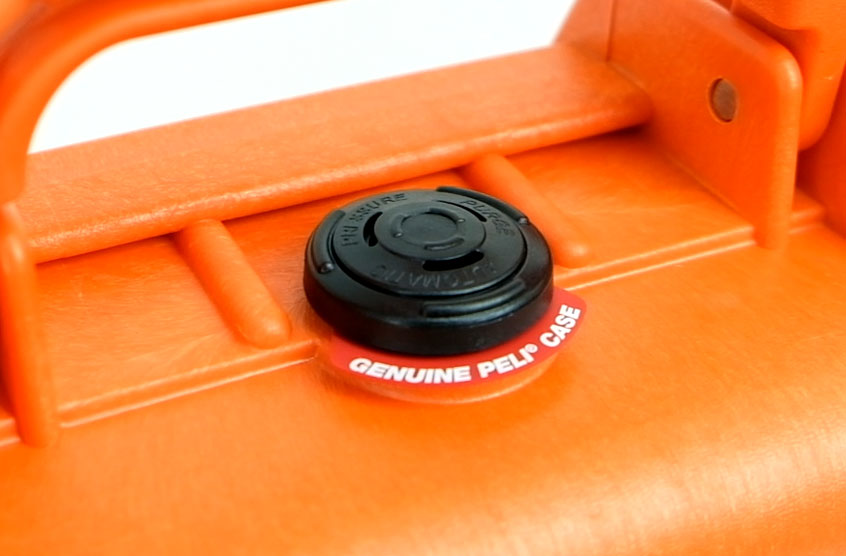
.png)

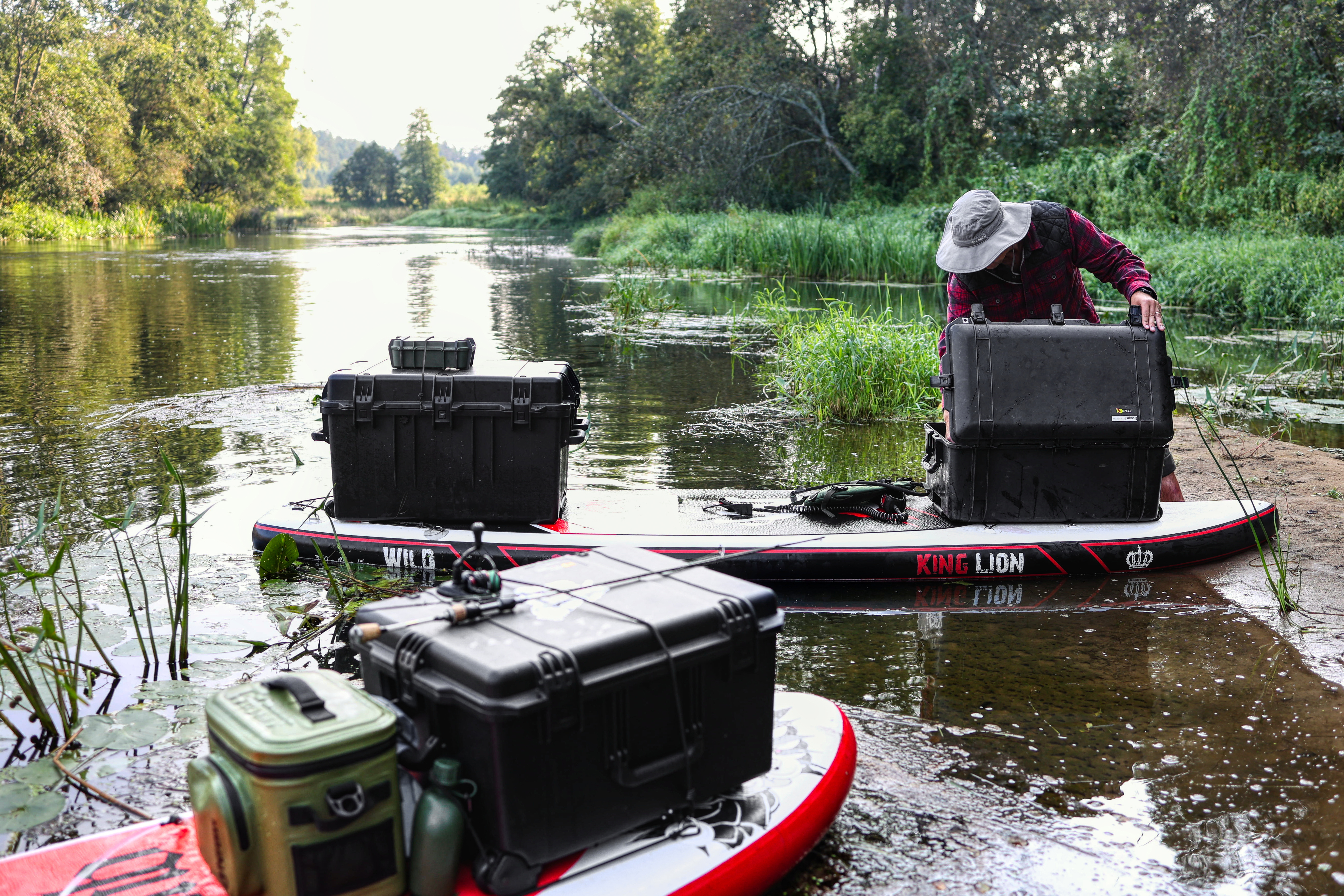


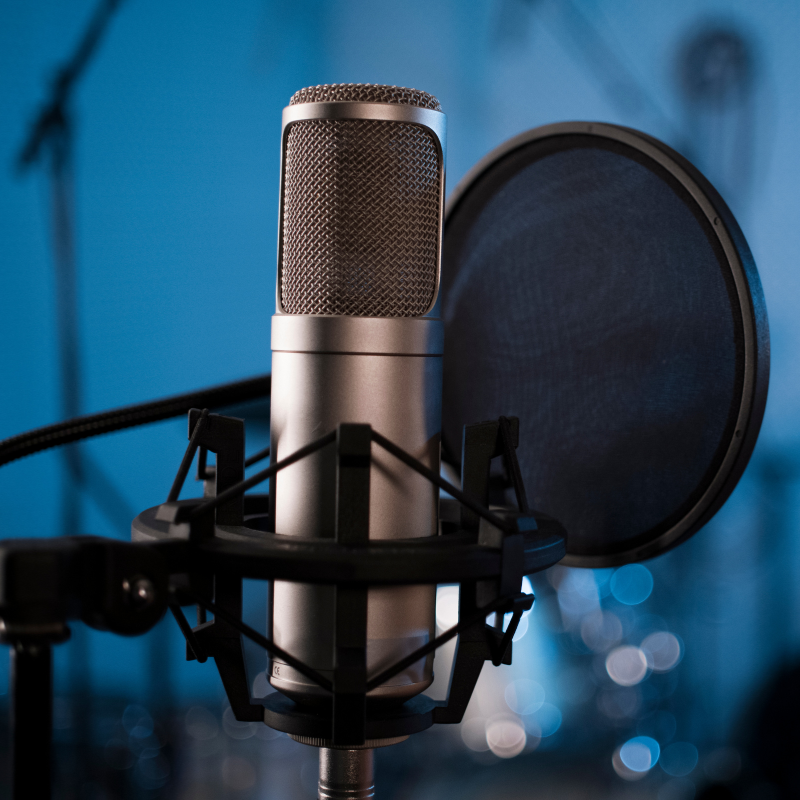
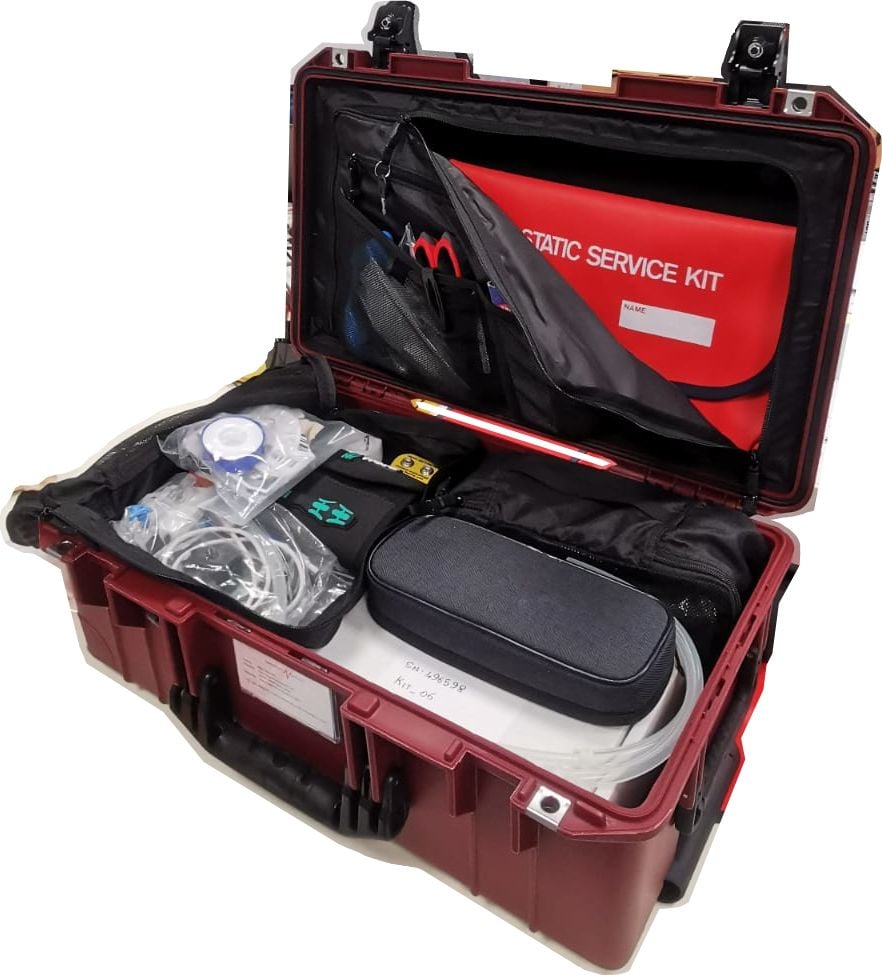
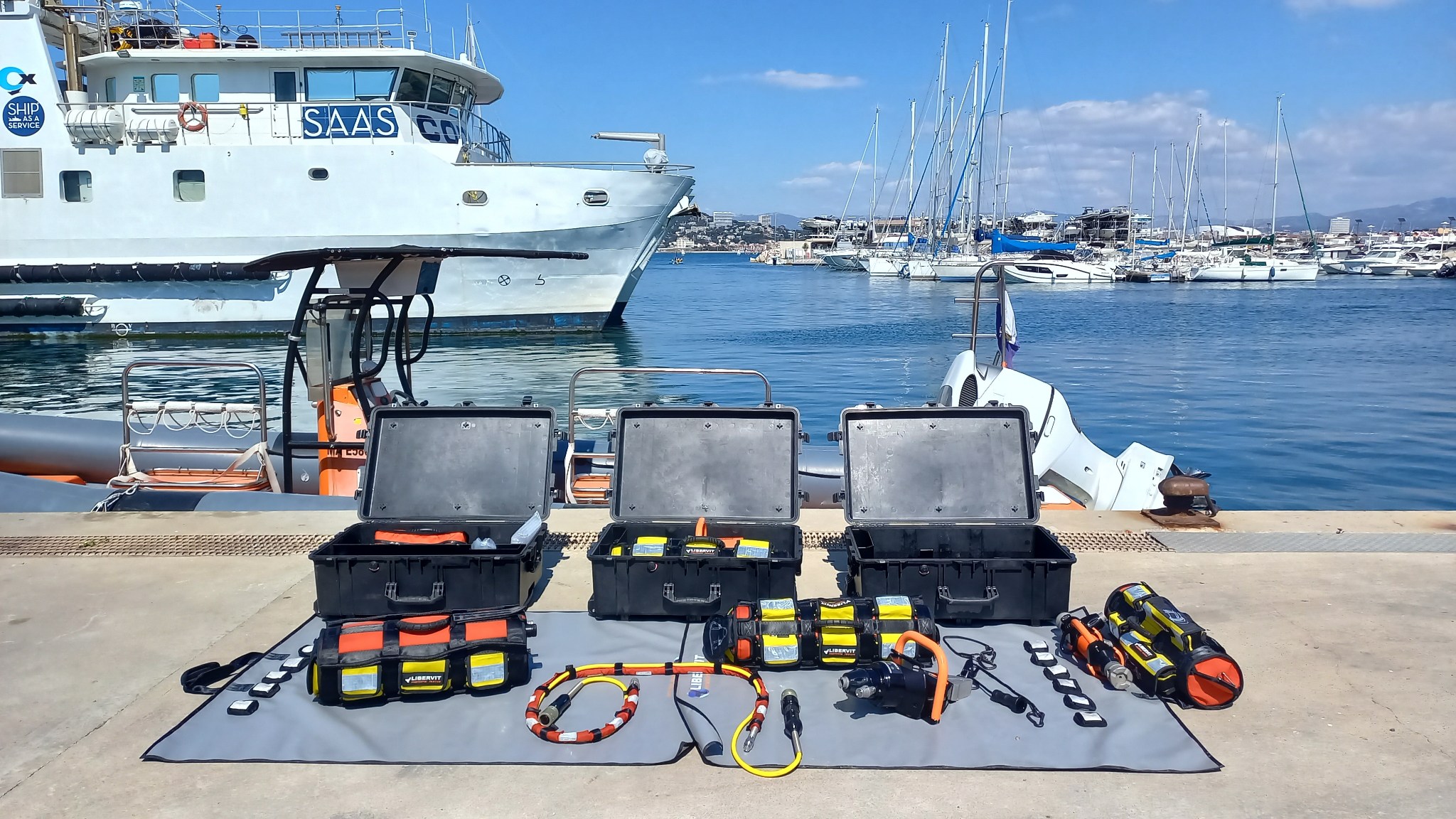
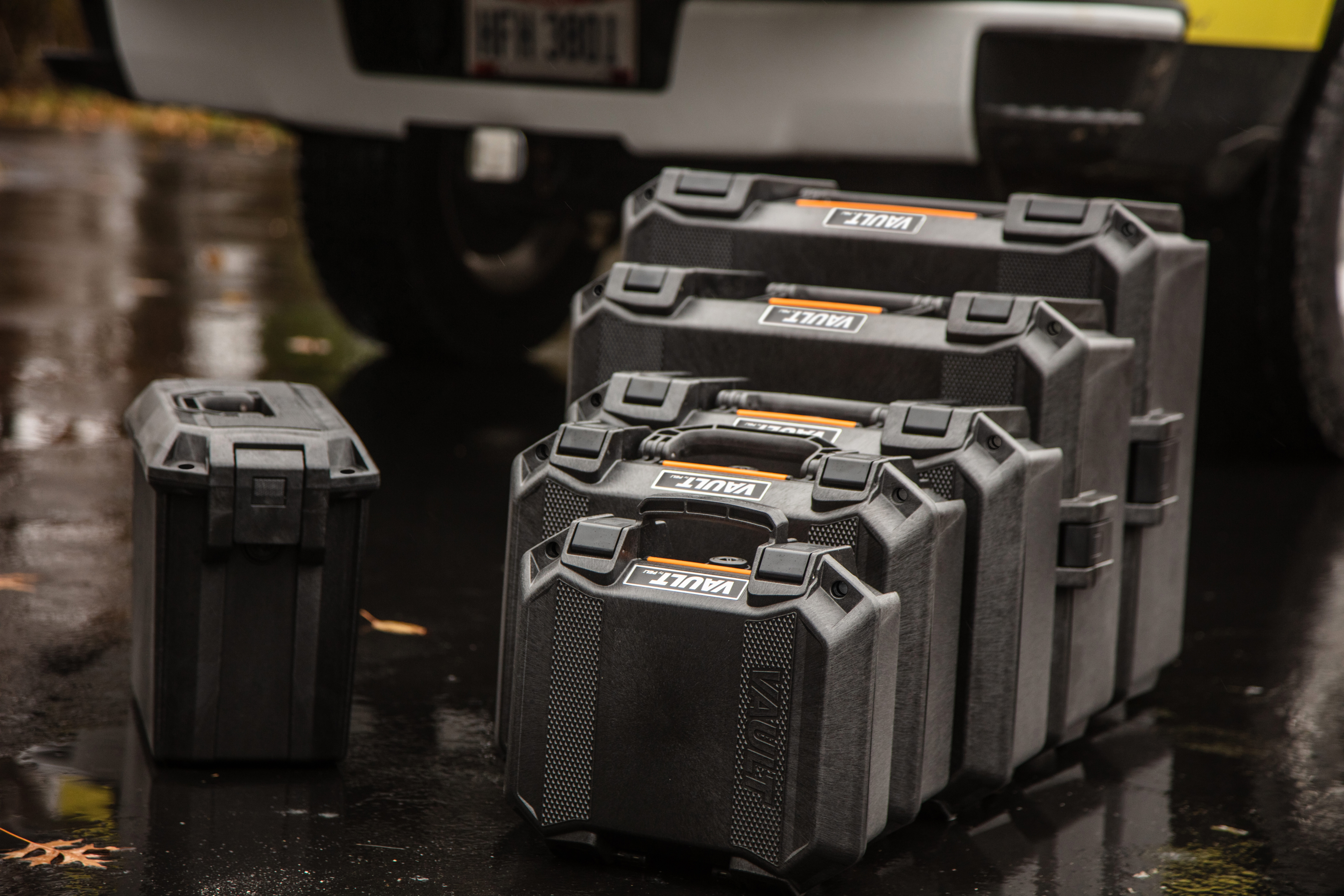
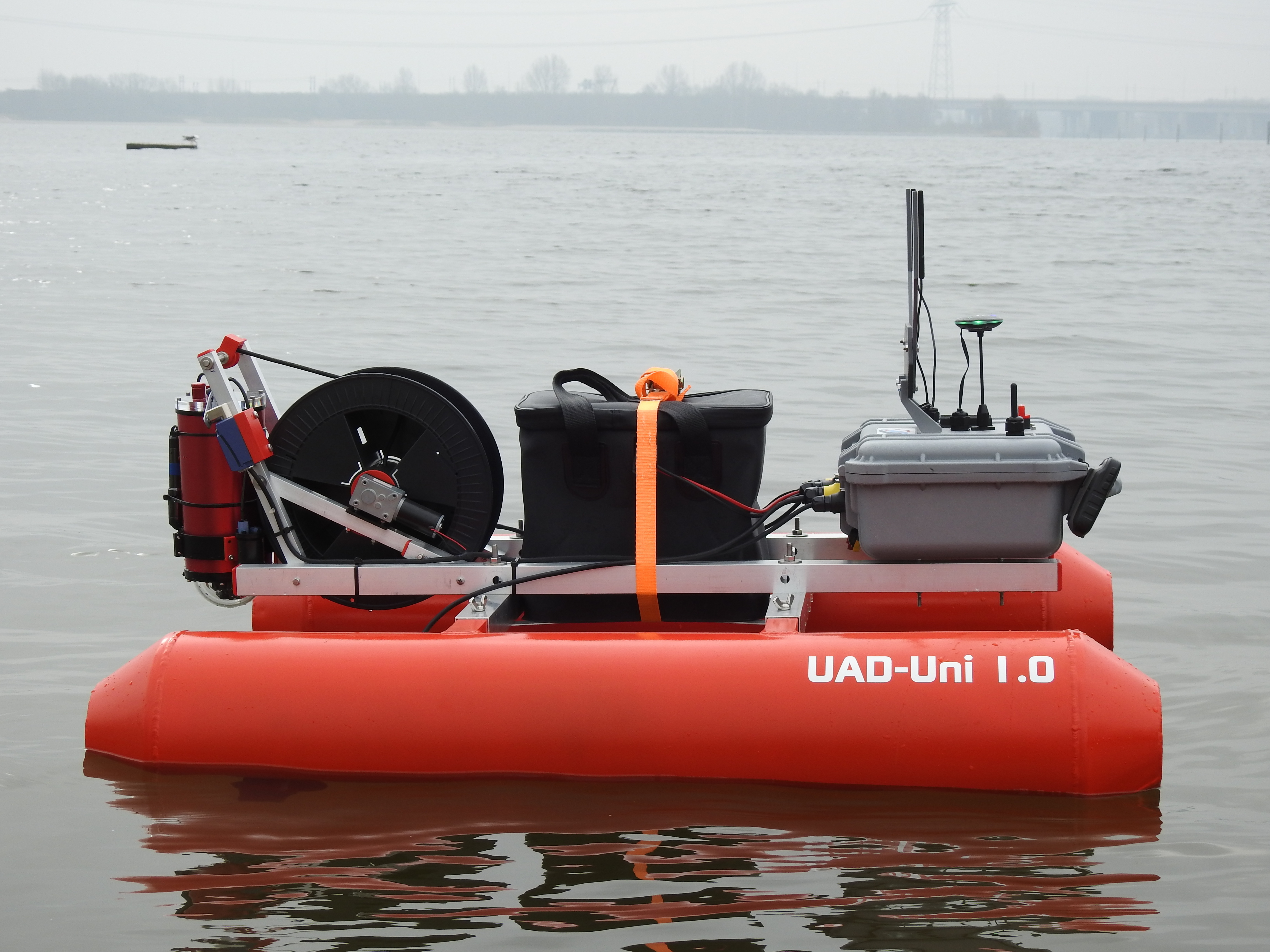


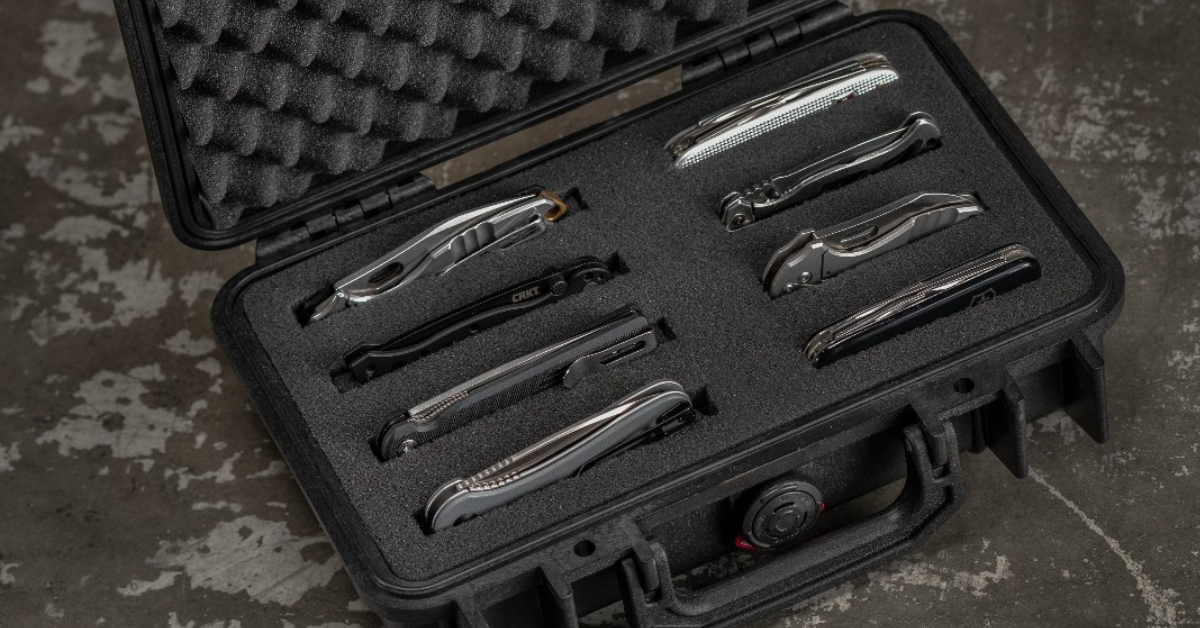
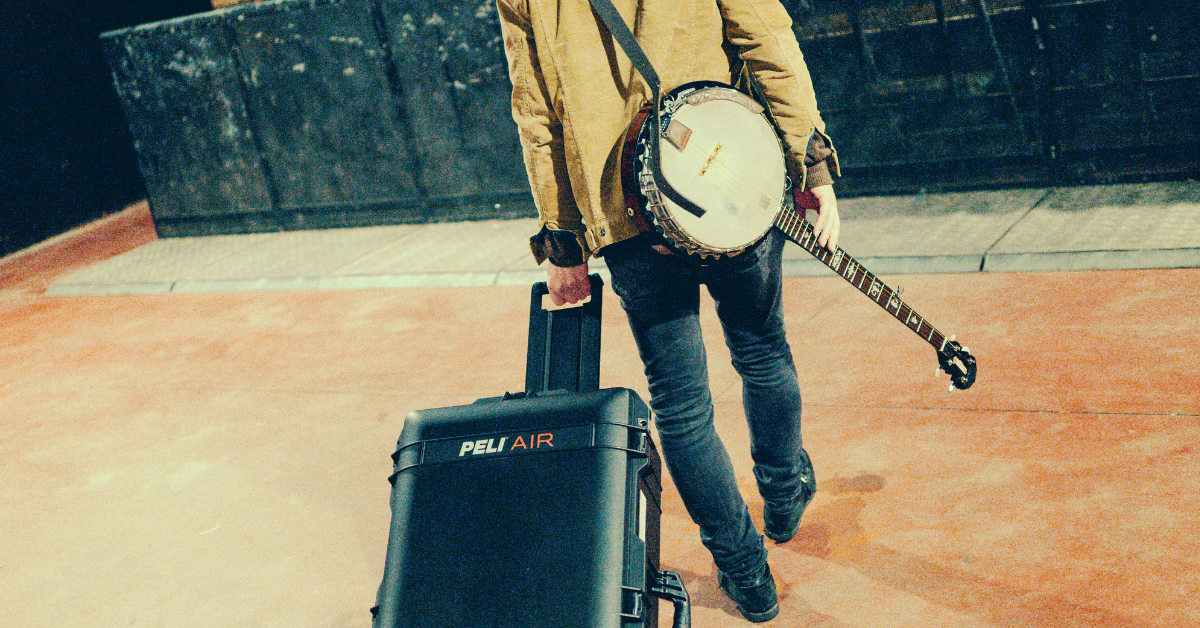

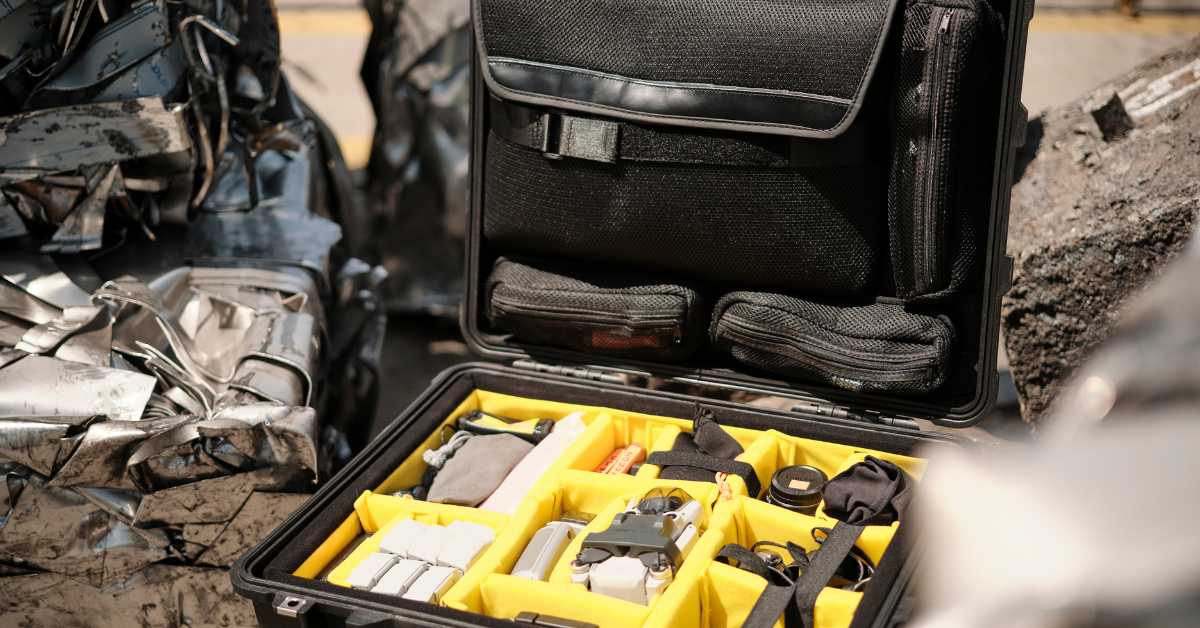
Post a comment